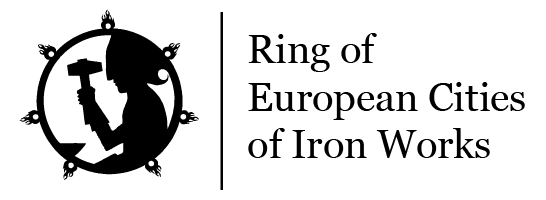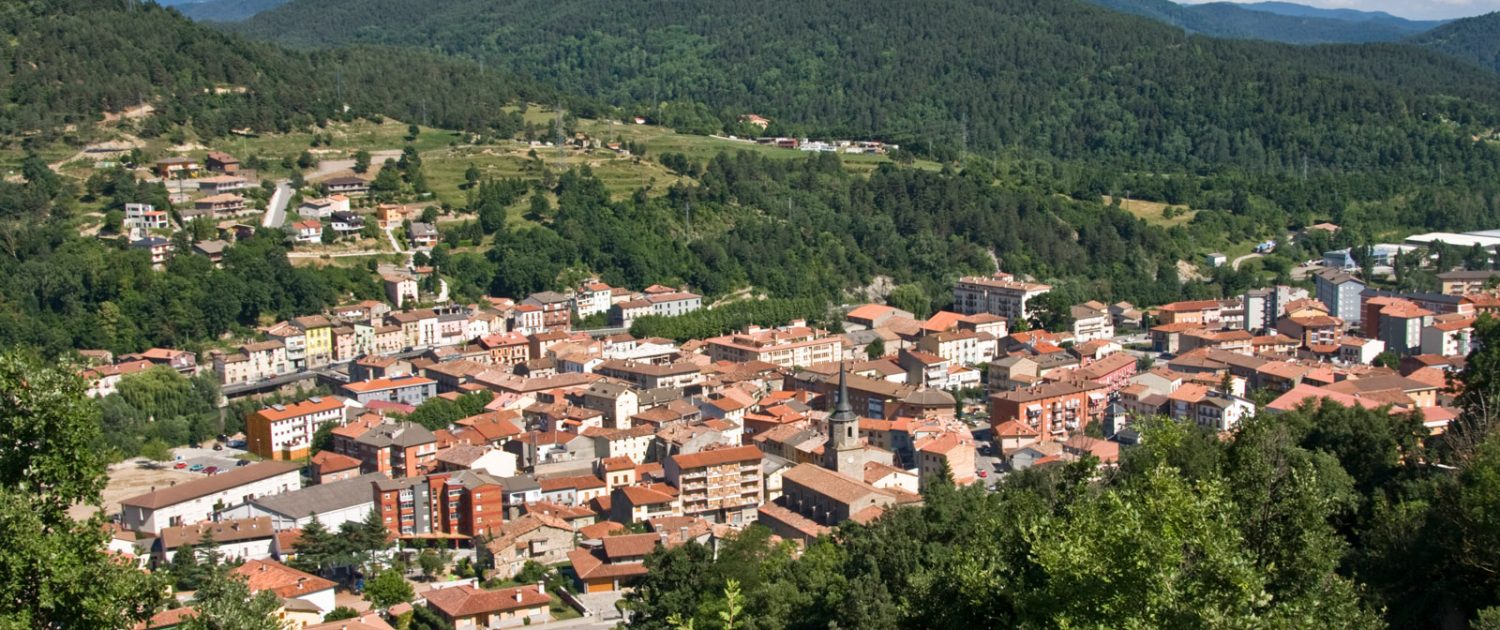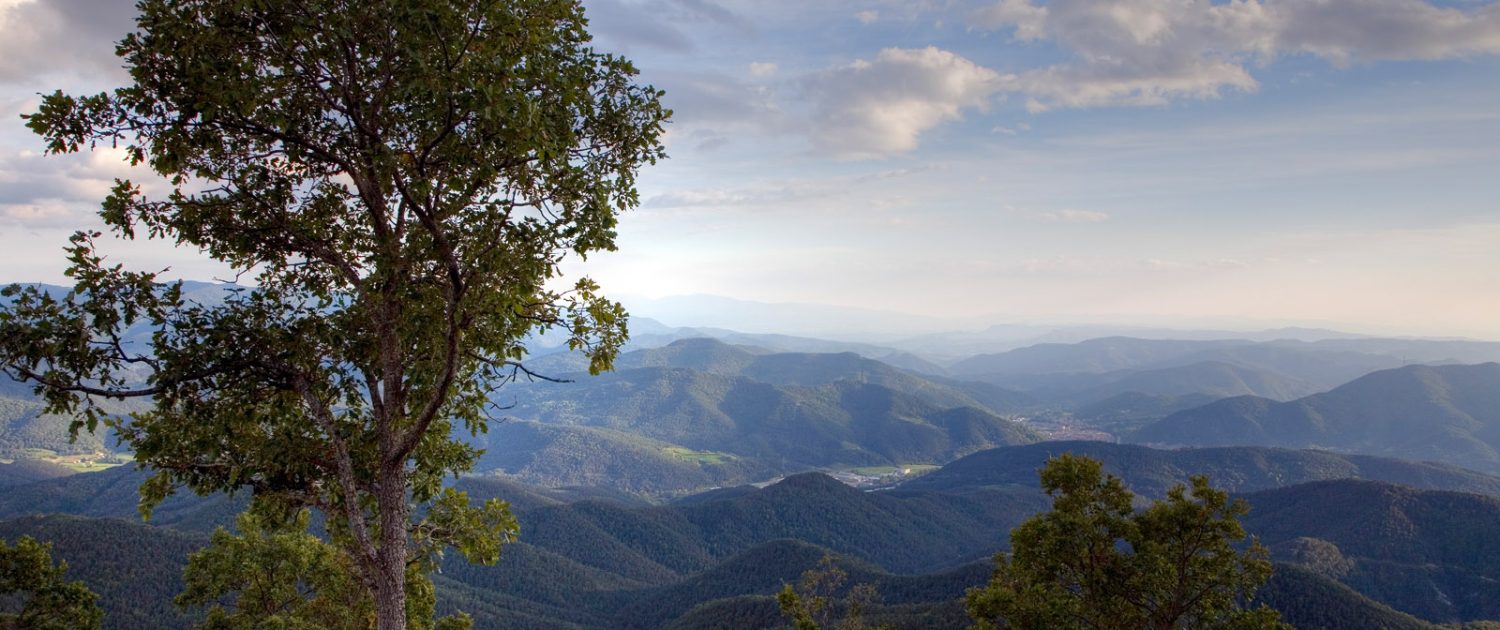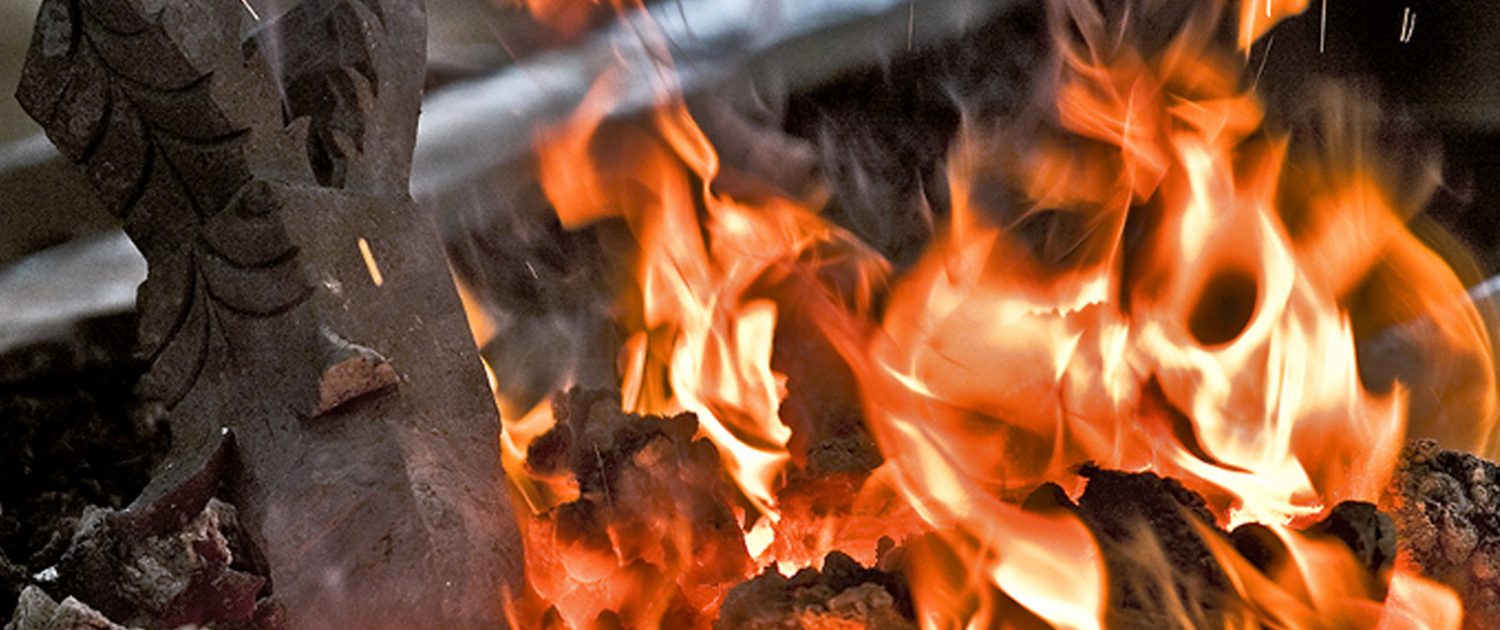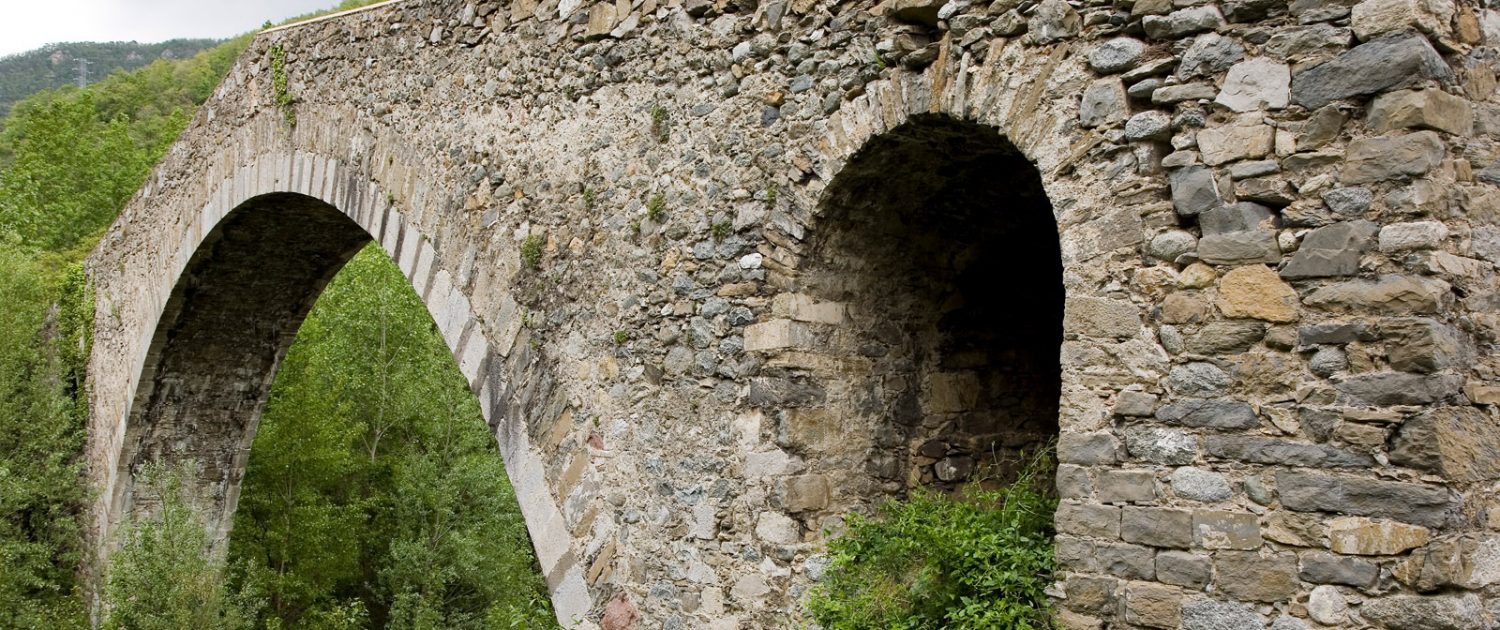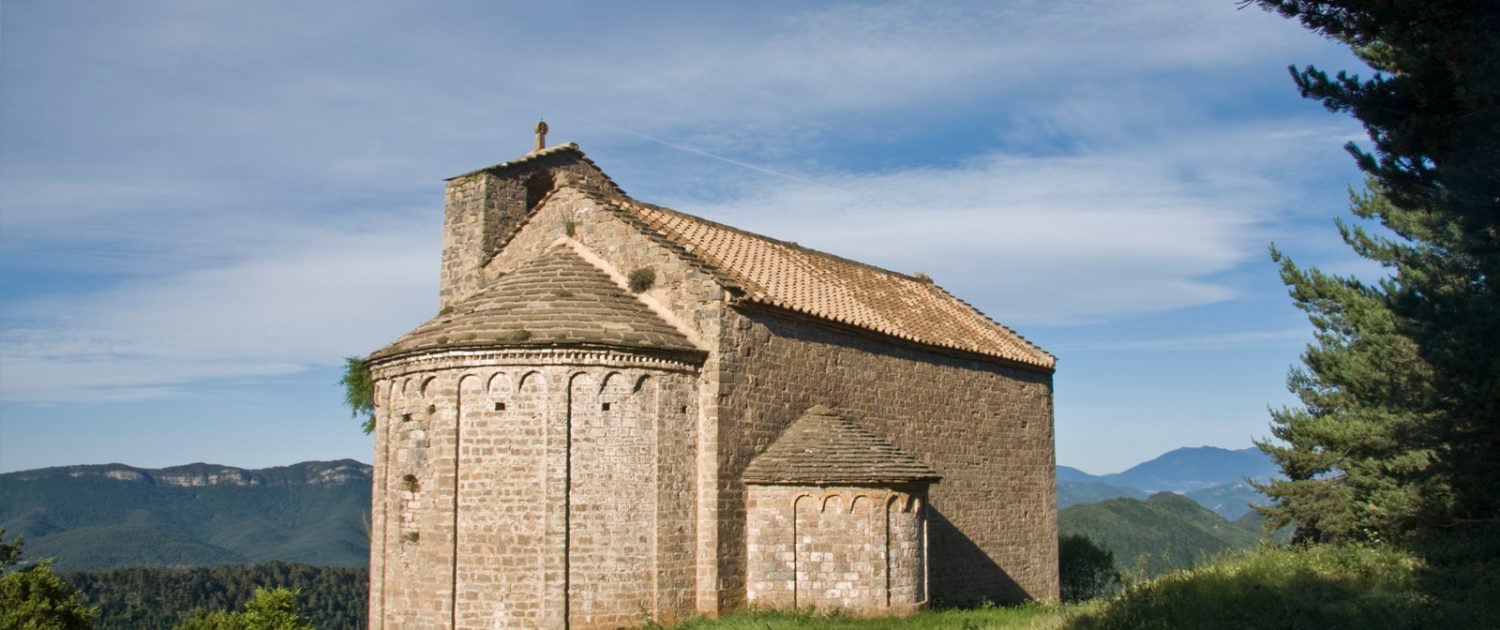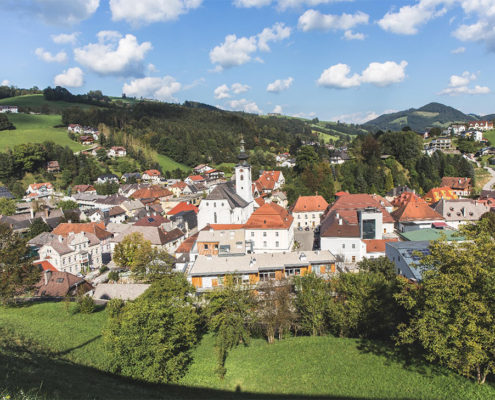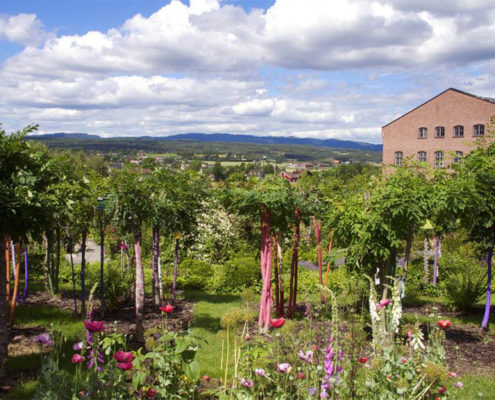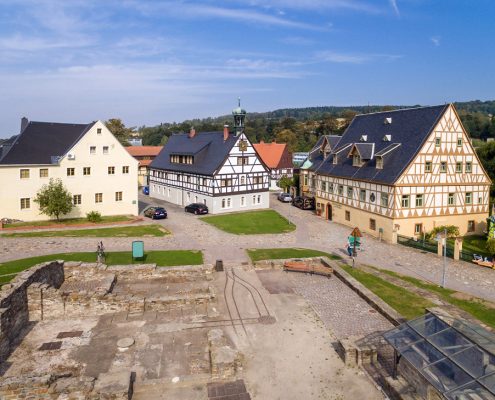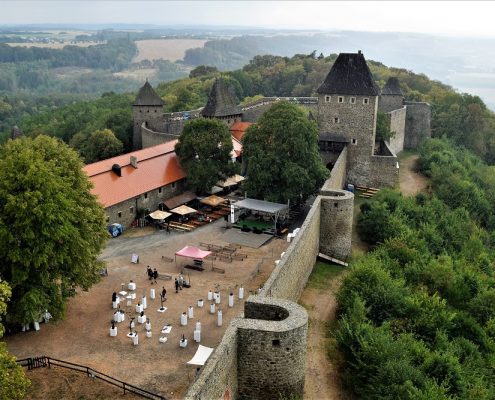Campdevànol (Spain)
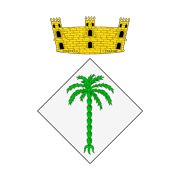
Geographical position:
Campdevànol is located in the Pyrenees-Orientales in the Ripollès region
Location:
Spain
Size: 32,62 km²
Number of inhabitants: 3.243
Altitude: 738 m
Contact:
Ajuntament de Campdevànol / City hall of Campdevànol
Plaça Clavé, 1
17530 Campdevànol
Tel: + 34 972 73 00 19
ajuntament@campdevanol.org
www.campdevanol.cat
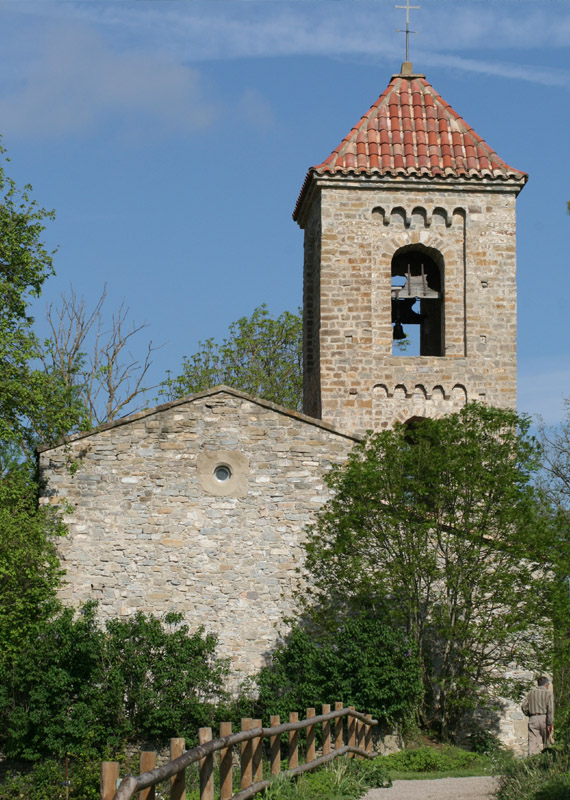 The population of Campdevànol was mostly agricultural until the time of industrialization. One of the first industries that came to Campdevànol and turned this town into one of the pioneers of this industry was that of the key-cents, to the point that there is still a street in the town that has this name. In Campdevànol, the guild of metal. It began to enjoy more importance during the 17th and 18th centuries, and lasted until the end of the 19th century. At that time, all kinds of keys had been made: cross studs, pump spikes, marlons, spikes, screwdrivers, door knobs … with the iron (vergelina) obtained by the forges, which transformed the type (stone of iron).
The population of Campdevànol was mostly agricultural until the time of industrialization. One of the first industries that came to Campdevànol and turned this town into one of the pioneers of this industry was that of the key-cents, to the point that there is still a street in the town that has this name. In Campdevànol, the guild of metal. It began to enjoy more importance during the 17th and 18th centuries, and lasted until the end of the 19th century. At that time, all kinds of keys had been made: cross studs, pump spikes, marlons, spikes, screwdrivers, door knobs … with the iron (vergelina) obtained by the forges, which transformed the type (stone of iron).
Related to iron, then, appeared one of the most important industries for our population, which today still lasts: the forge. The first forge settled in Campdevànol on February 17, 1634, but others were installed, such as Colònia Molinou, Farga de Grau … Until 1875, the forge was this, a forge, which produced iron from coal, coal and water (from here comes its location, next to the rivers). The activity of a forge was to make iron. 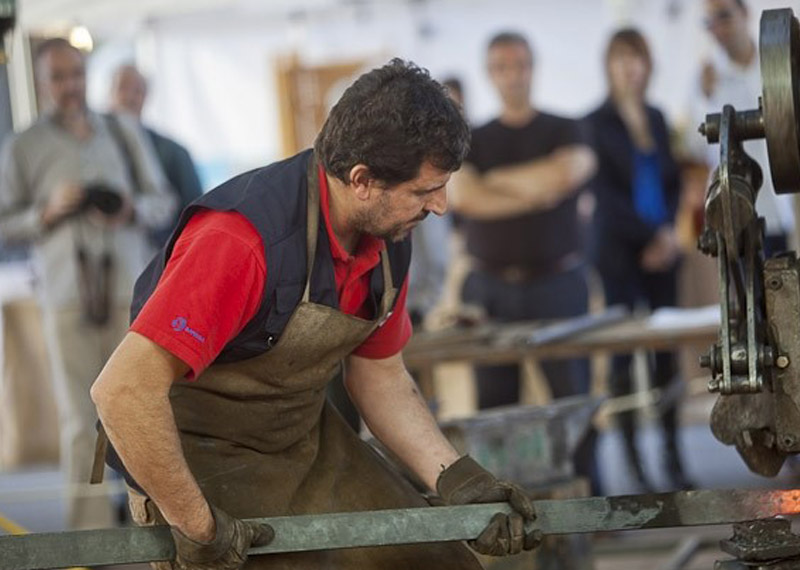 What we know as a Catalan forge was located, mainly, on both sides of the Pyrenees, because it is where the mineral and coal were found, with a total of 150 forges on both sides of the Pyrenees, and where Campdevànol, epicenter of the metal industry, in the Ripollès region. Companies such as La Farga de Grau, dedicated to the direct obtaining of forged or sweet iron, due to the peculiar and recognized system of the Catalan forge, centered mainly on the way to make air to the oven through the numerous inventions of the horn.
What we know as a Catalan forge was located, mainly, on both sides of the Pyrenees, because it is where the mineral and coal were found, with a total of 150 forges on both sides of the Pyrenees, and where Campdevànol, epicenter of the metal industry, in the Ripollès region. Companies such as La Farga de Grau, dedicated to the direct obtaining of forged or sweet iron, due to the peculiar and recognized system of the Catalan forge, centered mainly on the way to make air to the oven through the numerous inventions of the horn.
What we can deduce from all these industries is that all or almost all of them were located next to a river that passes by the side or through the interior of the population, that is, that its operation depended on hydraulic energy. This same energy was also taken advantage of by the various flour mills that were in the population, which, Campdevànol, still retains the old flour mill of the Casa del Molí Gros.
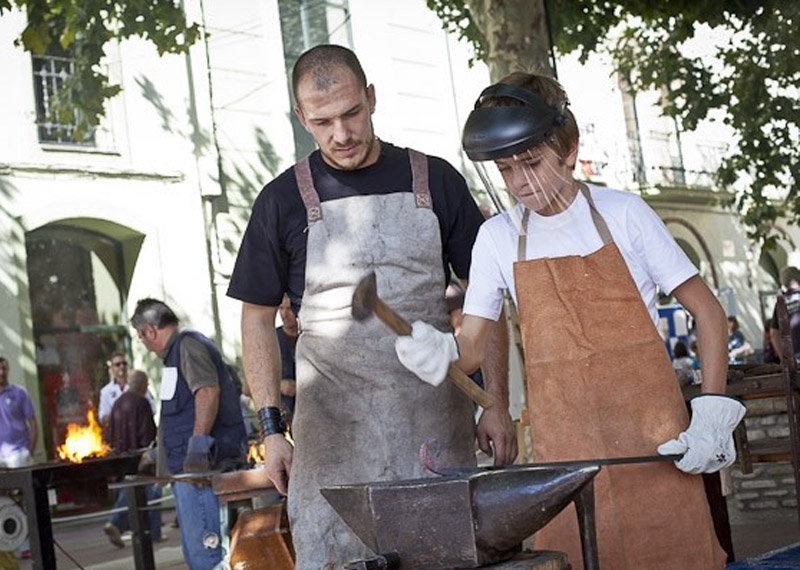 With the passage of time, the forges were merging and declining, as the mineral and coal were increasingly farther from the first forests where it was extracted, and the cost of transport was too high. Beginning in 1878. the majority of scrubland fords disappeared except for two, the Farga Palau, which from the original location and with a slight modification in the work tools, oriented its manufacture to the aram products that little by little became exclusive, and Farga Casanova in Campdevànol, who took a step towards capitalist industry that demanded a concentration of industrial plants and a greater extension of the markets and that was mainly dedicated to the production of agricultural tools and for the construction.
With the passage of time, the forges were merging and declining, as the mineral and coal were increasingly farther from the first forests where it was extracted, and the cost of transport was too high. Beginning in 1878. the majority of scrubland fords disappeared except for two, the Farga Palau, which from the original location and with a slight modification in the work tools, oriented its manufacture to the aram products that little by little became exclusive, and Farga Casanova in Campdevànol, who took a step towards capitalist industry that demanded a concentration of industrial plants and a greater extension of the markets and that was mainly dedicated to the production of agricultural tools and for the construction.
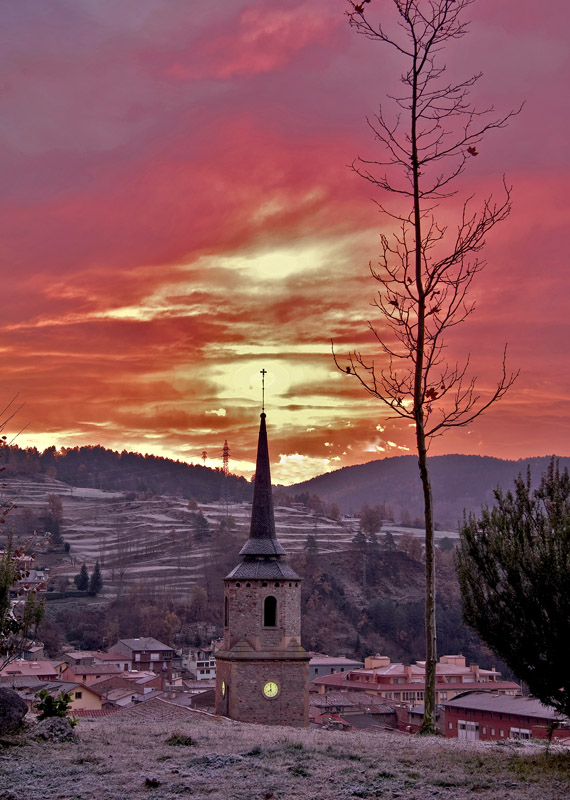 Campdevànol is a people that inspires! A village nestled in the middle of the Pyrenean mountain range surrounded by woods as the main ecological landscape with different habitats, such as crops, rocky areas, rivers, valleys and riverbank forests. The summits that surround us, San Marcos, Estiula, Montgrony, Corones offer unique views of great landscaping value with bucolic and enchanting places that invite you to practice many outdoor sports in an exceptional setting. Its town, with large sunny squares, gardens and paths on the banks of the River Freser, sources and cultural heritage that tells us about our legacy of a historical past related to iron and metallurgy.
Campdevànol is a people that inspires! A village nestled in the middle of the Pyrenean mountain range surrounded by woods as the main ecological landscape with different habitats, such as crops, rocky areas, rivers, valleys and riverbank forests. The summits that surround us, San Marcos, Estiula, Montgrony, Corones offer unique views of great landscaping value with bucolic and enchanting places that invite you to practice many outdoor sports in an exceptional setting. Its town, with large sunny squares, gardens and paths on the banks of the River Freser, sources and cultural heritage that tells us about our legacy of a historical past related to iron and metallurgy.
 On September 21st 2012, in the Ukrainian city of Donetsk, Campdevànol became a full member of the European association „Ring of the European Cities of Iron Works“ and passed to be the first Spanish city that is part of this association, which watches over the interests of the metallurgical world and the recovery of the forge.
On September 21st 2012, in the Ukrainian city of Donetsk, Campdevànol became a full member of the European association „Ring of the European Cities of Iron Works“ and passed to be the first Spanish city that is part of this association, which watches over the interests of the metallurgical world and the recovery of the forge.
In August 2016, the delegation of the Town Council of Campdevànol attended an Assembly in Olbernhau (Saxony, Germany), in which it took the title of European Iron Capital during the year 2017 . The Iron Capital project started October 2016 within the framework of the Metal Biennial, and ended in October 2017 with the celebration of the 17th General Assembly of the Ring of the European Cities of Iron Works which helped us encouraging iron culture, the local economy and to spread European values among the citizens. Similarly, one of the main aims of the assembly was to interact and encourage actions for the survival of the Iron sector .
It was also a good opportunity to promote the culture of iron, the local economy and disseminate the values of Europe among citizens. One of the main objectives of the assemblies is to interact and promote actions for the survival of the sector on the European stage.
